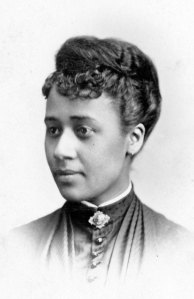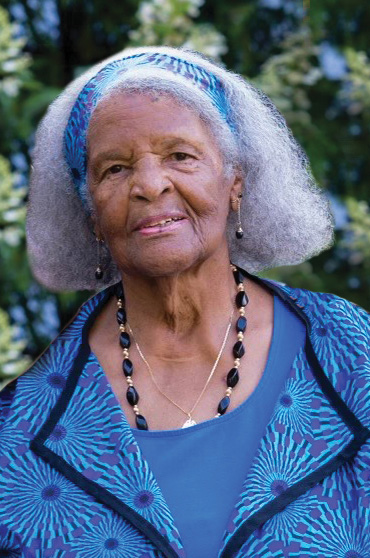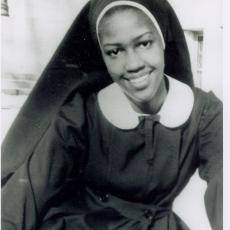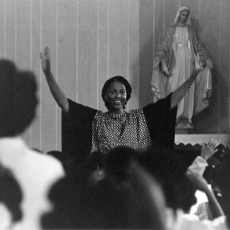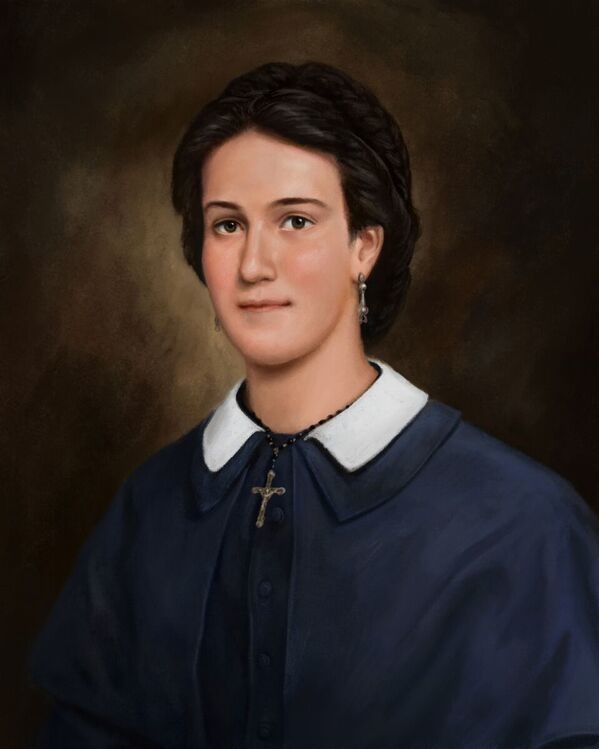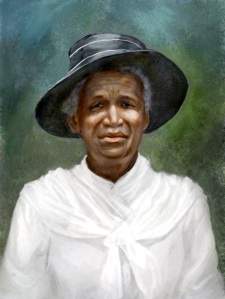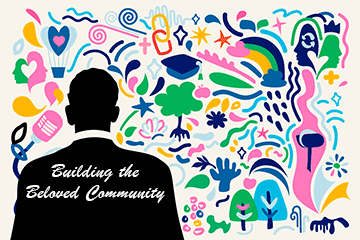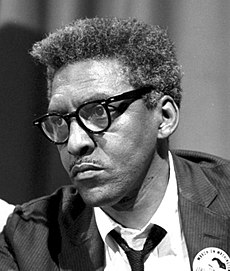It doesn’t take a retrospective view for me to know that I’ve often been at the right place at the right time. I thought of this recently when I was concerned about having enough time to get across town for an appointment. As it turned out, I was lucky that I had not gotten on the highway when planned because I would have just been stuck in traffic until a disabled vehicle blocking the ramp at my exit was removed. A small thing, but I was where I was supposed to be at the right time. I was taking care of my prior business rather than sitting in traffic waiting to exit the highway.
These days, even when small plans don’t turn out just the way I intended, I stop to search for and acknowledge the good that comes from being in that place at that time. I have found that attempting to force things to happen the way I want them to at the time I want them to happen often leads to undue frustration and regret. Allowing the unexpected to reveal the prize inside has been one of the most important lessons I’ve learned and one of the many joys of my life.
In my youth and adolescent years, when I had little control over my care and conditions, I now know that the circumstances that prevailed during these times instilled in me the desire to push harder and the resilience to reach higher. Role models—both positive and negative—provided examples I needed in order to become a caring and responsible adult. The years of wanting to be in some other place with different people and longing to be anybody but myself instilled within me the kind of empathy that has become a lifelong value. Although I didn’t think it then, I now know I needed to be in those places during those times.
When I think about the jobs I have had during my long career, it is evident to me that opportunities were realized when the time was right and I was ripe for the position. Graduating from college with a bachelor’s degree in English and a master’s degree in counseling, I was not optimistic about my chances of a full-time job doing what I wanted to do. I had no desire to teach after a negative experience as a student teacher. I desperately wanted to be a counselor and knew this would be the right career for me.
After three years of teaching, one of the counselors in the high school where I was teaching went on maternity leave and I was asked to take the role during her absence. Getting out of the classroom and into the counseling office was a “sweet Jesus” moment for me. I felt ready for the role of counselor. I knew that I was at the right place at the right time.
As it turned out, this short stint in the role of counselor opened the door for my next position. Moving to a new city to support my husband’s desire to get his MBA, I had no prospects for a job as a counselor.
As luck would have it, the local community college was less than ten minutes from our house. As I’m remembering it now, it was a Saturday, and I may have been out running errands. On a whim, I drove to the college, walked into the administration building and asked the front desk if there was anyone in the counseling office.
I was directed to the second floor of the administration building. The only person in the office was the Director of Counseling. I explained that I was new in town and was curious about community college counseling since I had a degree in counseling. The Director and I had a nice conversation and during our conversation the Director let me know that he was looking to hire a counselor and I should consider applying for the position.
I served as a counselor at this community college for the next ten years. There is no doubt that I was at the right place at the right time.
I think many of us have these same moments. For me, these moments are precious gifts for which I’m always very thankful.


